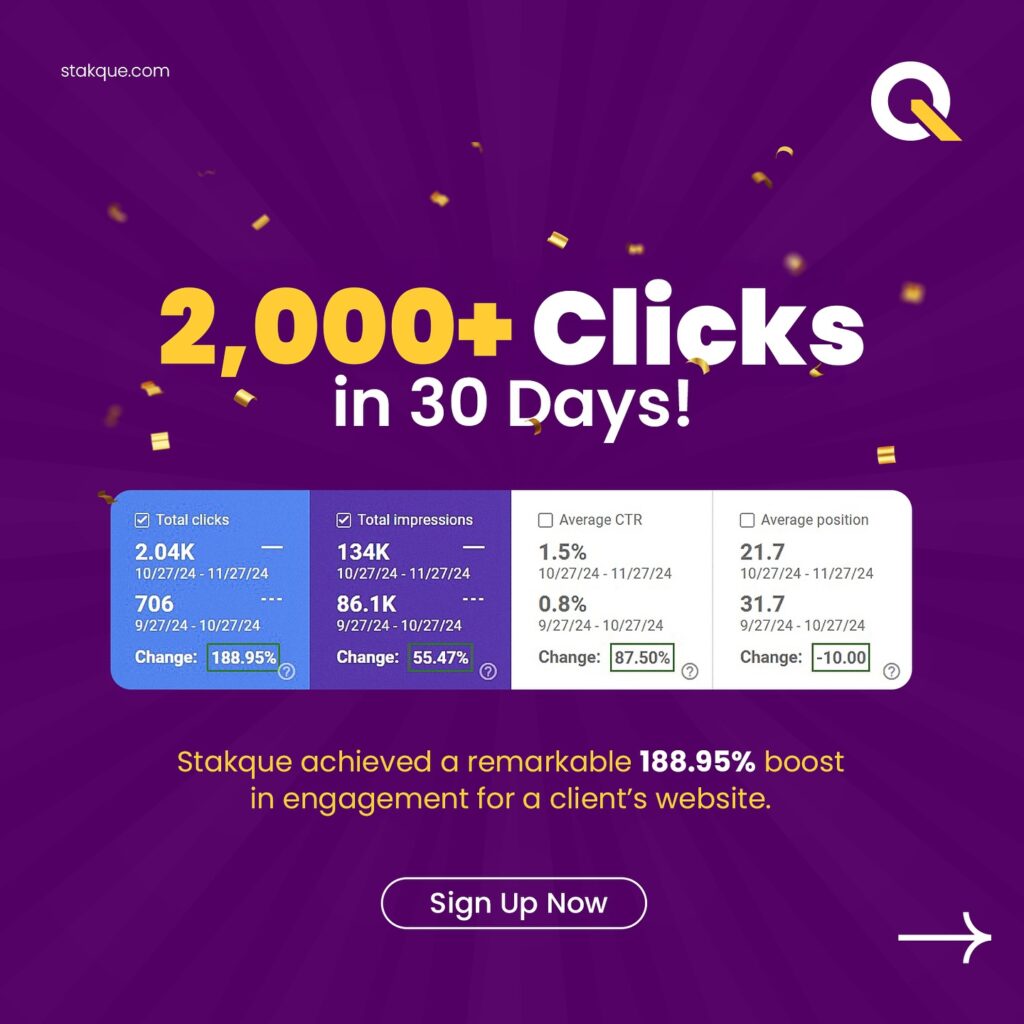Understanding the Importance of Influencer ROI Analysis
In today’s digital landscape, influencer marketing has become an integral part of brand strategies. However, investing in influencer partnerships without measuring the return on investment (ROI) can lead to missed opportunities and wasted resources. Analyzing influencer ROI allows brands to assess the effectiveness of their campaigns, make data-driven decisions, and drive better results.
Defining Influencer Marketing and ROI
Before diving into ROI analysis, it’s crucial to understand the concept of influencer marketing and how it ties into ROI. Influencer marketing involves collaborating with individuals who have a strong online presence and influence over a specific target audience. ROI, on the other hand, is the measurement of the return generated from an investment. In the context of influencer marketing, ROI represents the value and impact derived from partnering with influencers.
Key Benefits of Measuring Influencer ROI
Measuring influencer ROI offers several benefits for brands. Firstly, it provides insights into the effectiveness of influencer campaigns, allowing brands to optimize their strategies and maximize results. Secondly, it helps in evaluating the performance of different influencers, enabling brands to identify high-performing partners for future collaborations. Lastly, analyzing influencer ROI facilitates budget optimization by identifying cost-effective influencer partnerships and ensuring a higher return on investment.
Setting the Foundation: Preparing for Influencer ROI Analysis
Identifying Goals and Objectives for your Campaign
Before embarking on an influencer ROI analysis, it’s essential to identify clear goals and objectives for your campaign. What do you aim to achieve through influencer marketing? Are you looking to increase brand awareness, drive website traffic, or boost sales? By defining key performance indicators (KPIs) that align with your business objectives, you can measure influencer ROI more effectively.
Defining Clear KPIs
When setting KPIs for influencer ROI analysis, it’s important to choose metrics that are specific, measurable, attainable, relevant, and time-bound (SMART). For example, if your goal is to increase brand awareness, you can measure KPIs such as reach, impressions, and engagement. If your objective is to drive website traffic, you can track click-through rates (CTR) and conversions.
Aligning Campaign Goals with Business Objectives
To ensure the analysis is valuable, align your campaign goals with your broader business objectives. For instance, if your company aims to increase online sales by 20% in the next quarter, your influencer campaign should focus on driving conversions and tracking revenue generated through unique discount codes or affiliate links.
Determining Metrics for ROI Measurement
To get an accurate picture of influencer ROI, it’s crucial to determine the right metrics for measurement. Some common metrics include reach, impressions, engagement, click-through rates, conversions, website traffic, and revenue. By selecting relevant metrics based on your campaign goals, you can obtain a comprehensive understanding of the ROI generated from influencer partnerships.
Building an Effective Influencer Network
A successful influencer ROI analysis relies on building an effective network of influencers. Here are key steps to create an influential network:
Identifying Relevant Influencers in your Niche
Research and identify influencers who align with your brand and target audience. Look for individuals who have a strong online presence, engage with their followers, and share content related to your industry or niche.
Evaluating Influencers’ Reach and Engagement
Assess the reach and engagement of potential influencers by analyzing their follower count, post engagement, and the quality of the comments they receive. Look for influencers who have an active and engaged audience, as they are more likely to drive meaningful results for your brand.
Establishing Strong Relationships with Influencers
Once you’ve identified relevant influencers, focus on building strong relationships with them. Engage with their content, provide value, and establish authentic connections. A genuine and mutually beneficial relationship with influencers can lead to better collaboration, higher brand loyalty, and ultimately, improved ROI.
Quantitative Analysis Techniques for Influencer ROI Measurement
Social Media and Web Analytics
Social media and web analytics tools play a crucial role in measuring influencer ROI. Here are some techniques for quantitative analysis:
Tracking Reach and Impressions
Use social media analytics platforms to track the reach, impressions, and overall visibility of influencer content. This data helps in assessing the potential audience exposure and impact of influencer campaigns.
Analyzing Click-Through Rates (CTR) and Conversions
Monitor the CTR of influencer-backed links and track conversions using tracking pixels or unique URLs. This data provides insights into the effectiveness of influencer-driven traffic in driving conversions and sales.
Assessing Website Traffic and Attribution
Leverage web analytics platforms to analyze the traffic generated from influencer campaigns. Set up attribution models to determine the contribution of influencer-driven traffic to overall website visits, engagement, and revenue.
Sales and Revenue Tracking
Implementing Unique Discount Codes and Affiliate Links
Assign unique discount codes or affiliate links to influencers to track sales generated through their promotions. This approach helps in directly attributing revenue to specific influencers and measuring their impact on the bottom line.
Calculating ROI through Sales Attribution Models
Implement sales attribution models to calculate ROI accurately. This involves assigning appropriate weights to different marketing channels, including influencer campaigns, to determine their contribution to overall sales and revenue.
Integrating CRM Systems for Accurate Revenue Tracking
Integrate customer relationship management (CRM) systems with influencer marketing platforms to ensure accurate revenue tracking. This integration allows for seamless data flow, providing a holistic view of customer behavior, purchases, and ROI.
Cost Analysis and Budget Optimization
Calculating Cost per Engagement (CPE) and Cost per Conversion (CPC)
Calculate the cost per engagement (CPE) by dividing the total cost of influencer campaigns by the number of engagements generated. Similarly, determine the cost per conversion (CPC) by dividing the total campaign cost by the number of conversions. These metrics help in evaluating the cost-effectiveness of different campaigns and optimizing budgets.
Analyzing Cost-Effectiveness for Different Influencers
Compare the cost-effectiveness of different influencers by analyzing their performance metrics against the investment made. Identify influencers who deliver better results within your budget, helping you optimize resource allocation and maximize ROI.
Optimizing Budget Allocation based on ROI Analysis
Utilize ROI analysis to optimize budget allocation for future influencer campaigns. By identifying campaigns or influencers that generate the highest ROI, you can allocate resources more effectively, driving better results within budget constraints.
Qualitative Analysis Methods for Influencer ROI Evaluation
Analyzing Brand Perception and Sentiment
Monitoring Social Media Mentions and User-generated Content
Regularly monitor social media platforms for brand mentions and user-generated content related to your influencer campaigns. Analyzing the sentiment, tone, and overall perception offers valuable insights into the impact of influencers on your brand’s image and reputation.
Conducting Surveys and Interviews for Brand Perception Analysis
Supplement quantitative analysis with qualitative research methods such as surveys and interviews. Gather feedback from customers and target audiences to understand their perception of your brand and its association with influencer partnerships. Their responses can provide valuable insights into the ROI generated through influencer marketing.
Leveraging Sentiment Analysis Tools for In-Depth Insights
Utilize sentiment analysis tools to gain deeper insights into the sentiment expressed in social media conversations and user-generated content. These tools use machine learning algorithms to analyze text and determine whether it carries positive, negative, or neutral sentiment. By understanding sentiment trends, you can gauge the impact of influencer campaigns on brand perception.
Assessing Audience Engagement and Influence
Evaluating Comments, Likes, and Shares on Influencer Posts
Assessing audience engagement is crucial for evaluating the impact of influencer campaigns. Evaluate the number of comments, likes, shares, and overall engagement on influencer posts. A highly engaged audience indicates that the influencer’s content resonates with your target audience and has the potential to drive meaningful results.
Analyzing Audience Demographics and Psychographics
Analyze the demographics and psychographics of the audience engaging with influencer content. This helps in assessing whether your campaign is reaching the intended target audience and if the engagement aligns with your brand’s ideal customer profile.
Measuring Brand Lift and Awareness through Surveys
Conduct brand lift studies or surveys to measure the extent to which influencer campaigns have increased brand awareness. By comparing the results before and after influencer partnerships, you can gauge the effectiveness of your campaigns in reaching new audiences and elevating brand perception.
Brand Alignment and Long-term Relationships
Gauging Influencer’s Fit with Brand Values and Image
Assess the alignment between an influencer’s values, content, and your brand’s values and image. A strong alignment enhances the influencer’s credibility and increases the likelihood of success. Look for influencers whose personal brand and content complement your brand’s messaging and values.
Measuring the Impact of Long-term Partnerships on ROI
Evaluate the impact of long-term influencer partnerships on ROI. Long-term collaborations often lead to stronger relationships and deeper connections with the influencer’s audience, which can translate into improved ROI over time.
Understanding the Role of Influencers in Building Brand Loyalty
Analyze the role influencers play in building brand loyalty among their followers. Assess if influencer campaigns positively impact customer loyalty, repeat purchases, and advocacy. Understanding the influence on brand loyalty helps formulate effective strategies for long-term success.
Determining Influencer ROI and Ensuring Campaign Success
Calculating Return on Investment (ROI) for Influencer Campaigns
Formulas and Approaches for ROI Calculation
Calculate influencer ROI by dividing the net profit from your influencer campaign by the total investment and multiplying it by 100 to get a percentage. Alternatively, use the formula (Revenue – Investment)/Investment to assess ROI. Adjust the formula and approach based on your campaign objectives and available data.
Understanding ROI Benchmarks and Industry Standards
Benchmark your influencer ROI against industry standards to determine campaign success. Compare your results with competitors or similar brands to ascertain whether your ROI falls within the expected range. This analysis helps in setting realistic expectations and identifying areas for improvement.
Interpreting ROI Results for Data-driven Decision Making
Use the ROI results to make data-driven decisions. Identify what aspects of your influencer campaign are driving the highest ROI and replicate those strategies. Conversely, identify underperforming areas and assess how to optimize them for better results.
Actionable Insights for Improved ROI and Future Success
Identifying High-performing Influencers and Leveraging Their Success
Identify top-performing influencers based on ROI analysis and leverage their success for future campaigns. Collaborate with influencers who consistently deliver high ROI and cultivate strong partnerships that drive continuous results.
Optimizing Content Strategies based on ROI Analysis
Analyze the content strategies employed by influencers who generate high ROI and identify patterns or themes that resonate with your target audience. Use these insights to optimize your content strategies, ensuring greater alignment with audience preferences and higher ROI.
Evolving Influencer Selection Criteria for Enhancing ROI
Refine your influencer selection criteria based on ROI analysis. Identify the key attributes or metrics that align with high-performing influencers and incorporate them into your selection process. This iterative improvement process ensures better influencer partnerships and improved ROI over time.








